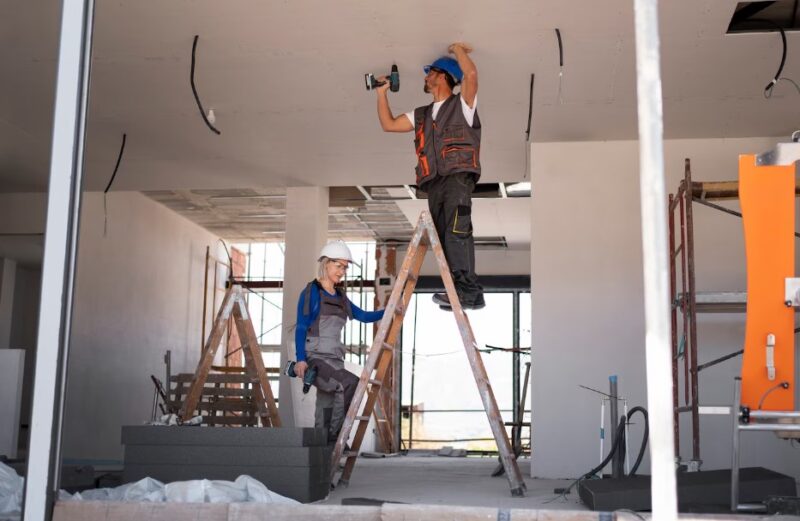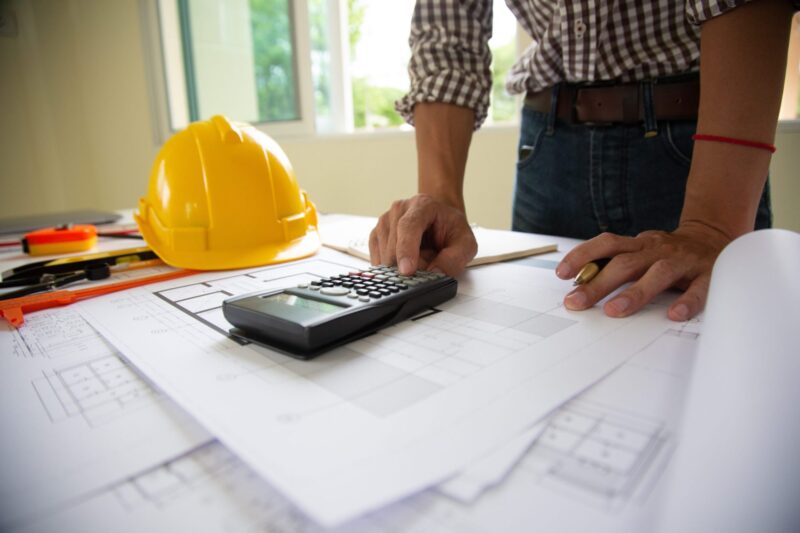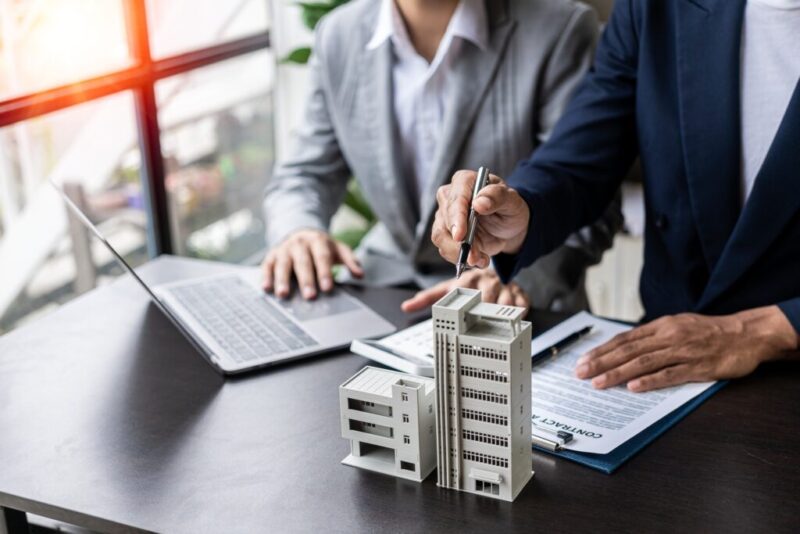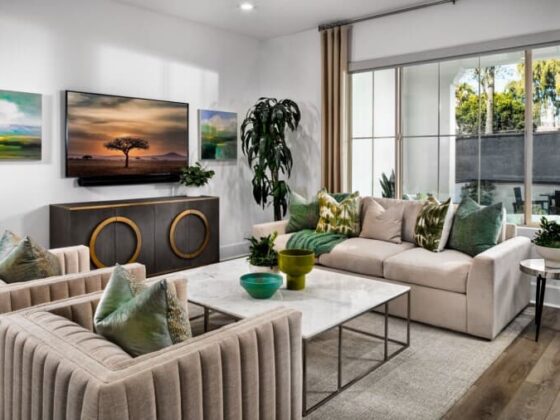Managing property renovations between tenancies brings unique financial challenges for landlords. The period between tenants is the perfect window to refresh or upgrade a property, but it often comes with tight timelines, unexpected costs, and no rental income to cover expenses.
Landlords must balance the need to complete improvements — from replacing fixtures to repainting — with the urgency of getting the property back on the market. Without careful planning and flexible funding solutions, these gaps can quickly impact profitability. With the right approach, however, it’s possible to navigate this transition smoothly and keep the property attractive to future tenants.
Why Timing Renovations Between Tenancies Makes Financial Sense
For landlords, scheduling property improvements during tenant changeovers offers several key advantages. Empty properties allow complete access without disturbing occupants, making work faster and more efficient while preventing potential disputes or compensation claims from disrupting current tenants.
This strategic timing means no complaints about noise, dust, or limited access to facilities during renovation work. It helps landlords avoid costs and legal complications that can come with compensating tenants for significant disruption to their living situation.
Bundling multiple renovation projects together during vacancy periods proves more cost-effective than completing them separately. Updating the bathroom while refreshing the kitchen and repainting reduces labour costs when tradespeople work continuously rather than making multiple visits. Suppliers may also offer bulk discounts for larger projects.
Short-term loans from providers such as Sunny may help landlords manage renovation expenses when there’s a temporary gap in rental income. However, you’ll want to weigh the costs against future rental returns to ensure improvements justify the investment and borrowing expenses.
Calculating the Cost-Benefit of Renovations vs Rental Void Periods

When planning renovations between tenancies, you must weigh costs against potential returns. The key question is whether the projected increase in rental value justifies both the renovation expense and the income lost during vacancy.
A practical assessment requires estimating total project costs, including materials, labour, and unexpected issues. Compare this figure to potential monthly rent increases. For instance, a £3,000 bathroom renovation allowing for a £100 monthly rent increase would pay for itself in 30 months.
Vacancy length equally affects profitability. Each additional week without tenants means lost income that impacts your return on investment. A renovation planned for two weeks but extending to six could seriously hurt profitability.
Quality shouldn’t be compromised for speed, but efficient project management is vital. Working with reliable contractors who deliver on time and on budget helps minimise void periods and maximise your renovation’s return on investment.
Essential Property Upgrades That Attract Premium Tenants
The right property upgrades can significantly boost appeal and rental value for quality tenants. Here’s where smart investments make a difference:
- Kitchen improvements: Simple updates like new worktops, cabinet doors, or upgraded appliances give a modern feel without the cost of a full refit.
- Bathroom refresh: Modern showers, water-saving fixtures, and fresh tiling help support higher rents. Even swapping taps or showerheads can improve the space.
- Energy efficiency improvements: Upgrades like fitting efficient boilers, installing insulation, or adding smart thermostats lower utility bills while meeting the minimum standards required by UK regulations. These changes protect you from potential penalties while making properties more attractive in a market where energy costs matter.
- Durable flooring: Luxury vinyl or laminate floors in living areas stay looking fresh and handle wear better than carpet.
- Exterior updates: Fresh paintwork, clean gutters, and tidy paths create a positive first impression that draws premium tenants.
Creating Rental-Friendly Designs That Minimise Future Maintenance

Smart renovation choices can reduce maintenance costs and keep your property looking good for longer. Key strategies include:
- Use durable materials: Porcelain tiles resist stains and scratches better than natural stone; washable, scuff-resistant neutral paints make touch-ups easy.
- Include built-in storage: Prevents damage from tenant-installed shelves and helps keep spaces tidy, reducing wear.
- Pick easy-to-repair fixtures: Choose taps and fittings with replaceable parts rather than fully integrated systems, saving time and cost on repairs.
- Aim for timeless design: Neutral, classic styles appeal to more tenants and stay attractive longer than fleeting trends.
Let me know if you’d like this adapted for marketing material or landlord guides!
Building an Effective Renovation Budget and Timeline
A solid renovation budget starts with detailed costs for materials, labour, and permits — plus a 10–15% contingency for the unexpected. Once you inspect the empty property, check for damage, leaks, and faulty systems, and document everything to create an accurate work plan.
Seasonal timing matters: summer suits exterior work, while winter can bring delays. Prioritise essential systems first, then upgrades that match local market standards so you avoid over-investing while meeting tenant expectations.
Managing Cash Flow During Renovation Periods

Renovation periods can strain finances, so smart cash flow planning is essential. A dedicated emergency fund — built by saving a portion of rent during occupancy — helps cover mortgage payments and expenses when rental income stops. This reserve acts as a buffer for both planned upgrades and unforeseen costs.
When major renovations are needed, consider these funding options:
- Short-term loans: Provide fast funds, often with approval in hours or days. Ensure you check interest rates and stick to amounts future rental income can comfortably cover, as repayments tend to be tight.
- Supplier agreements: Some local suppliers offer staged payments — part upfront, the rest on completion — helping align outgoings with incoming rent.
Also, don’t overlook tax planning. A tax professional can guide you on what counts as deductible repairs versus capital improvements, helping you maximise tax efficiency and plan smarter.
Conclusion
Renovating between tenancy agreements offers landlords a valuable chance to enhance their property’s appeal, boost rental income, and future-proof against costly maintenance — but it comes with financial and logistical challenges. Success depends on balancing smart upgrades with tight timelines, careful budgeting, and reliable funding solutions. By planning ahead, prioritising improvements that deliver real value, and managing cash flow effectively, landlords can reduce vacancy periods, attract premium tenants, and protect the long-term profitability of their investments.


